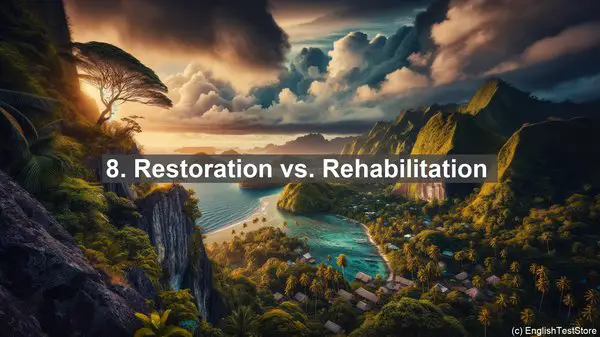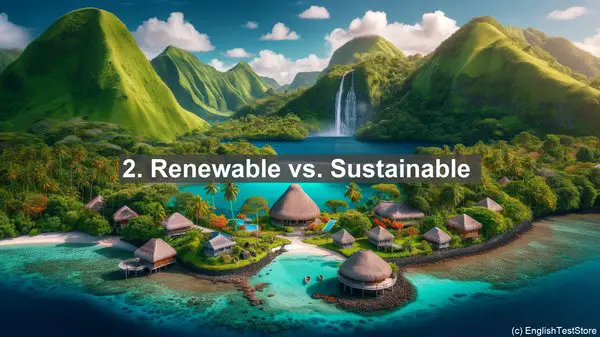Introduction: The Importance of Clear Communication in Conservation Technology
Hello everyone, and welcome to today’s lesson. In the field of conservation technology, clear communication is crucial. However, there are several words that are often used interchangeably, leading to confusion. Today, we’ll explore the top 10 commonly confused words in this domain. Let’s dive in!
1. Accuracy vs. Precision
While accuracy refers to how close a measurement is to the true value, precision relates to the consistency of repeated measurements. In conservation technology, both are vital. For instance, when tracking animal populations, accurate data ensures reliable conclusions, while precise measurements help identify subtle changes over time.
2. Renewable vs. Sustainable
Renewable and sustainable are often used interchangeably, but they have distinct meanings. Renewable resources can be replenished naturally, like solar or wind energy. On the other hand, sustainability encompasses not just renewability, but also factors like environmental impact and long-term viability.
3. Mitigation vs. Adaptation
Mitigation and adaptation are strategies to address climate change. Mitigation focuses on reducing greenhouse gas emissions to prevent further warming. Adaptation, however, involves adjusting to the existing changes, like building flood-resistant infrastructure. Both are essential for effective climate action.

4. Biodiversity vs. Ecosystem
Biodiversity refers to the variety of living organisms in an area, from plants to animals. Ecosystem, on the other hand, encompasses the interactions between these organisms and their environment. While biodiversity is a component of an ecosystem, the latter includes the physical and chemical aspects as well.

5. Conservation vs. Preservation
Conservation and preservation are approaches to protect the environment. Conservation involves sustainable use of resources, ensuring their availability for future generations. Preservation, on the other hand, aims to maintain areas in their pristine state, often with minimal human intervention.
6. Data vs. Information
In the digital age, data and information are often used interchangeably. However, they have distinct meanings. Data is raw, unprocessed facts, while information is the result of organizing and interpreting that data. In conservation technology, transforming data into meaningful information is crucial for decision-making.
7. Invasive vs. Native Species
Invasive species are non-native organisms that, when introduced to an ecosystem, can cause harm. Native species, on the other hand, naturally occur in a particular area. The presence of invasive species can disrupt the balance of an ecosystem, making their identification and management crucial.
8. Restoration vs. Rehabilitation
Restoration and rehabilitation are techniques used to revive degraded ecosystems. Restoration involves returning an ecosystem to its original state, while rehabilitation focuses on improving its functionality, even if it’s not the same as the original. Both approaches contribute to biodiversity conservation.
9. Carbon Footprint vs. Ecological Footprint
While both terms relate to environmental impact, they differ in scope. Carbon footprint specifically measures greenhouse gas emissions, often associated with energy use. Ecological footprint, on the other hand, assesses the overall resource consumption and waste production, providing a broader sustainability perspective.
10. Monitoring vs. Evaluation
Monitoring and evaluation are essential for assessing the effectiveness of conservation initiatives. Monitoring involves regular data collection to track progress. Evaluation, on the other hand, is a more comprehensive analysis that assesses the overall impact and effectiveness of the project, often involving stakeholder feedback.
